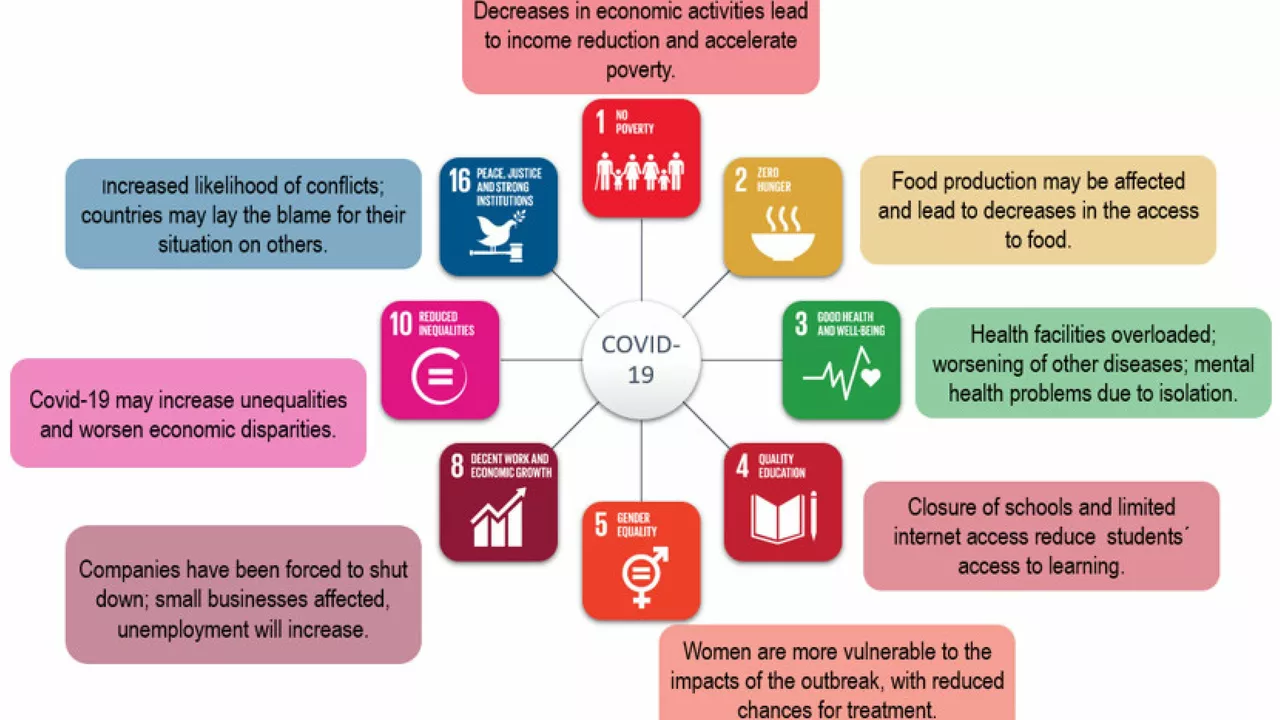Hit and Run: Quick Guide to Understanding and Acting
A hit and run happens when a driver causes a crash and then leaves the scene without helping or calling help. It might look like a simple “oops” moment, but it’s actually a serious crime that can lead to big fines, jail time, and insurance trouble. Knowing the basics can save you stress if you ever find yourself in that situation.
If You’re the Driver
First off, stay calm and don’t panic. The law expects you to stop, check if anyone is hurt, and call emergency services. Even if the damage looks minor, you still have to exchange contact info with the other driver or leave a note with your name and phone number. Leaving the scene can turn a small mishap into a criminal case, and the penalties are much harsher than the original crash.
After you’ve done what the law requires, report the accident to the police. A written report clears up what happened and protects you from false claims later. If you’re worried about insurance, tell your insurer as soon as possible. Most policies cover accidental hits, but they often need a police report to process the claim.
If You’re the Victim or a Witness
If a car hits you or your property and drives off, call 112 (or your local emergency number) right away. Give the operator the exact location, describe the vehicle, and mention any injuries. Even if you can’t see the driver, note the car’s color, make, model, and license plate if you can.
Take photos of the damage, the surrounding area, and any skid marks. These pictures become useful evidence for the police and insurance companies. If there are other witnesses, ask for their contact details. A third‑party statement can strengthen your case and help locate the driver later.
When the police arrive, give them all the information you collected. They’ll file a report, which you’ll need for insurance claims. If you need medical attention, get it first and keep all receipts—those costs are often covered when the driver is found and held responsible.
Even if the driver is never caught, you still have options. Your own insurance may cover the damage under a “personal injury protection” or “uninsured motorist” policy. Check your policy details or talk to your agent to see what’s covered.
Preventing a hit and run starts with staying alert on the road. Keep a safe distance, obey speed limits, and avoid distractions. If you see a reckless driver, note their behavior and report it to the authorities. A community that watches out for each other makes it harder for drivers to think they can get away with leaving a crash scene.
In short, a hit and run is not just a traffic mistake—it’s a legal issue with real consequences. Whether you’re behind the wheel, on the receiving end, or just saw it happen, following the steps above helps protect your rights and keeps the road safer for everyone.
